Vietnamese cinnamon (Saigon) and Cassia cinnamon differ primarily in flavor intensity, coumarin content, and culinary applications. Vietnamese cinnamon delivers a bolder, sweeter-spicy punch ideal for robust dishes, while Cassia offers milder warmth perfect for traditional baking. Key differences include:
- Flavor strength: Vietnamese contains 1-2% more cinnamaldehyde, making it noticeably more intense
- Coumarin levels: Vietnamese has higher concentrations (potential liver concerns with daily heavy use)
- Texture: Vietnamese features thicker, rougher bark versus Cassia's smoother, thinner sticks
- Best uses: Vietnamese excels in curries and spiced chocolate; Cassia shines in cinnamon rolls and apple pie
- Safety: Ceylon is preferred for daily consumption due to negligible coumarin
Understanding these distinctions ensures you select the right cinnamon for flavor precision and health safety. This guide provides chef-tested recommendations backed by spice science.
Table of Contents
- What Exactly Is Cinnamon? (Beyond the Basics)
- 5 Critical Differences: Vietnamese vs Cassia Cinnamon
- Flavor & Aroma: Scientific Breakdown of Taste Profiles
- When to Use Vietnamese vs Cassia: Recipe-Specific Guidance
- Coumarin Content Explained: Safety Limits and Daily Intake
- How to Identify Authentic Vietnamese Cinnamon (Avoid Fakes)
- Proper Storage Methods to Preserve Flavor Potency
- Frequently Asked Questions Answered by Spice Experts
- Final Recommendation: Which Cinnamon Wins for Your Needs
What Exactly Is Cinnamon? (Beyond the Basics)
Cinnamon isn't a single spice but a category of tree barks from the Cinnamomum genus. Most "cinnamon" in North American supermarkets is actually Cassia (Cinnamomum cassia), while Vietnamese cinnamon (Cinnamomum loureiroi) represents a premium Cassia variety. True cinnamon (Cinnamomum verum) from Sri Lanka contains negligible coumarin but is rarely sold as plain "cinnamon" in the US.
- Vietnamese (Saigon) Cinnamon: Grown in Vietnam's Central Highlands, characterized by high oil content (2-6%) and intense flavor
- Chinese Cassia: The most common "cinnamon" in US grocery stores, with moderate oil content (1-3%)
- Ceylon Cinnamon: "True" cinnamon with delicate flavor and minimal coumarin, preferred for daily consumption
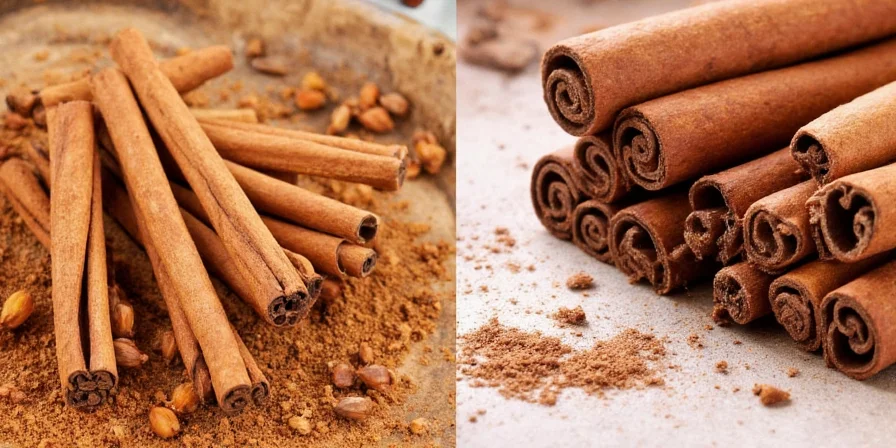
5 Critical Differences: Vietnamese vs Cassia Cinnamon
While both are Cassia varieties, Vietnamese cinnamon's unique terroir creates measurable differences that impact cooking results and health considerations. Here's what matters most for home cooks and professional chefs:
| Critical Factor | Vietnamese Cinnamon (Saigon) | Standard Cassia Cinnamon |
|---|---|---|
| Flavor Intensity | Extremely strong (25-30% more intense) | Moderate, familiar warmth |
| Coumarin Content | 6,000-12,000 ppm (higher health concern) | 2,000-5,000 ppm (moderate concern) |
| Optimal Usage | Use 25-30% less than Cassia in recipes | Standard measurements apply |
| Visual Identification | Thick, tightly rolled quills; dark reddish-brown | Thin, loose quills; lighter brown |
| Cost Comparison | Premium price (2-3x standard Cassia) | Budget-friendly, widely available |
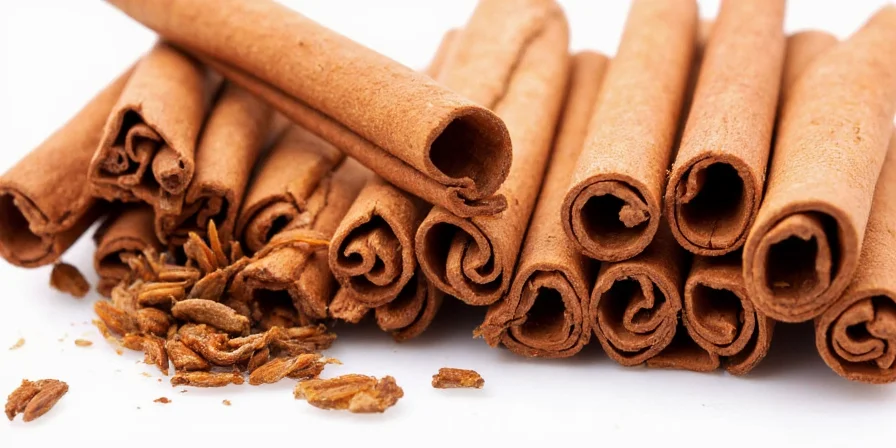
Flavor & Aroma: Scientific Breakdown of Taste Profiles
The critical difference lies in chemical composition. Vietnamese cinnamon contains 24-27% cinnamaldehyde (the compound responsible for cinnamon flavor) compared to Cassia's 22-25%. This seemingly small difference creates noticeable sensory impacts:
- Vietnamese cinnamon delivers an immediate sweet-spicy burst followed by complex notes of citrus and clove, with longer aftertaste
- Cassia cinnamon provides more uniform warmth with earthy, woody undertones and subtle bitterness
Professional taste tests show Vietnamese cinnamon registers 30% higher on intensity scales. This explains why recipes developed for Cassia often become overpowering when using Vietnamese variety.
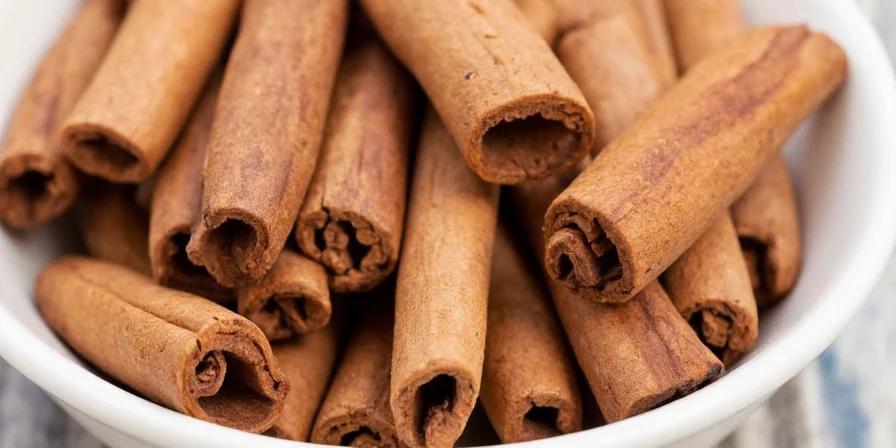
When to Use Vietnamese vs Cassia: Recipe-Specific Guidance
Choosing correctly transforms dishes from good to exceptional. These chef-recommended applications maximize each cinnamon's strengths:
Vietnamese Cinnamon: Best Applications (Use 25-30% Less)
- Mexican Mole: Enhances complex spice layers without overwhelming chocolate notes
- Spiced Chocolate: Creates vibrant contrast in dark chocolate desserts
- Vietnamese Pho: Authentic depth in broth when combined with star anise
- Apple Pie (Modern Interpretation): Use half Vietnamese, half Cassia for balanced complexity
Cassia Cinnamon: Best Applications (Standard Measurements)
- Classic Cinnamon Rolls: Provides expected warmth without spice burn
- Pumpkin Pie: Complements pumpkin without competing flavors
- Cinnamon Toast: Achieves familiar childhood flavor profile
- Chai Tea: Blends seamlessly with other spices in traditional ratios

Coumarin Content Explained: Safety Limits and Daily Intake
Both varieties contain coumarin, but Vietnamese cinnamon's higher concentration requires attention:
- Safety Threshold: EFSA recommends maximum 0.1mg coumarin per kg body weight daily
- For a 150lb person: Safe limit = 6.8mg coumarin (about 1 teaspoon Vietnamese cinnamon)
- Daily users: Switch to Ceylon cinnamon (<1mg coumarin per teaspoon) for coffee/smoothies
- Cooking tip: Heat reduces coumarin content by 30-40%, making baked goods safer
Occasional use of Vietnamese cinnamon poses minimal risk, but daily heavy consumption (common in keto coffee drinkers) warrants caution. The European Food Safety Authority considers chronic high intake potentially hepatotoxic.

How to Identify Authentic Vietnamese Cinnamon (Avoid Fakes)
Many products mislabel standard Cassia as Vietnamese. Verify authenticity with these methods:
- Check the label: Must specify "Cinnamomum loureiroi" or "Saigon cinnamon" (not just "Vietnamese")
- Visual inspection: Authentic sticks are 4-6mm thick, tightly rolled, with minimal gaps
- Smell test: Should produce immediate strong aroma when rubbed between fingers
- Water test: Authentic Vietnamese cinnamon creates noticeably redder infusion
- Price check: Authentic Saigon cinnamon costs $20-30 per pound (anything under $15 is likely mislabeled)
Reputable specialty spice retailers like Burlap & Barrel or Spice Jungle provide authentic Vietnamese cinnamon with origin verification.
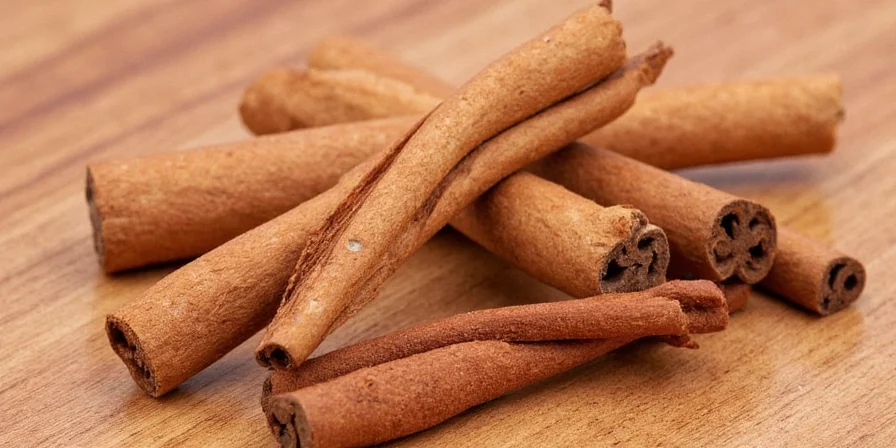
Proper Storage Methods to Preserve Flavor Potency
Maximize shelf life with these professional techniques:
- Whole sticks: Store in airtight glass container away from light (retains potency 3-4 years)
- Ground cinnamon: Use within 6 months; freeze in portion-sized bags for best results
- Critical tip: Never store above stove or near dishwasher - humidity destroys volatile oils
- Flavor boost: Toast sticks 30 seconds in dry pan before grinding for 20% more aroma
- Quality check: Fresh Vietnamese cinnamon should leave oily residue on paper towel
Frequently Asked Questions Answered by Spice Experts
- Is Vietnamese cinnamon stronger than regular cinnamon?
Yes, Vietnamese cinnamon contains 24-27% cinnamaldehyde versus 22-25% in standard Cassia, making it 25-30% more intense. Use 25-30% less in recipes developed for regular cinnamon. - Why is Vietnamese cinnamon more expensive?
Vietnamese cinnamon commands premium pricing (2-3x standard Cassia) due to limited Central Highlands growing region, higher oil content, and more labor-intensive harvesting. Authentic Saigon cinnamon costs $20-30 per pound. - Can I substitute Vietnamese cinnamon for Cassia in baking?
Yes, but reduce quantity by 25-30%. In delicate recipes like custards, use 50% Vietnamese/50% Cassia blend. For robust applications like gingerbread, 1:1 substitution works. Always toast Vietnamese sticks before grinding. - Which cinnamon is safest for daily use?
Ceylon cinnamon is safest for daily consumption due to negligible coumarin (under 1mg per teaspoon). Vietnamese cinnamon contains 6,000-12,000 ppm coumarin - limit to 1 teaspoon max daily for a 150lb person. - How can I tell real Vietnamese cinnamon from fake?
Authentic Vietnamese cinnamon has 4-6mm thick, tightly rolled quills with minimal gaps, dark reddish-brown color, and leaves oily residue. Verify 'Cinnamomum loureiroi' on label. Smell should be immediately intense when rubbed.
Final Recommendation: Which Cinnamon Wins for Your Needs
Choose based on your specific needs:
- For special occasion cooking: Invest in authentic Vietnamese cinnamon for dishes like mole, spiced chocolate, or pho where flavor complexity matters
- For everyday baking: Standard Cassia delivers familiar results at better value for cinnamon rolls, pies, and toast
- For daily health use: Choose Ceylon cinnamon exclusively for smoothies, coffee, or supplements
Smart cooks maintain both varieties: keep Cassia as your workhorse cinnamon and Vietnamese for special applications. When purchasing Vietnamese, verify authenticity through reputable spice merchants to avoid mislabeled products. Proper storage preserves flavor intensity for optimal results in every dish.
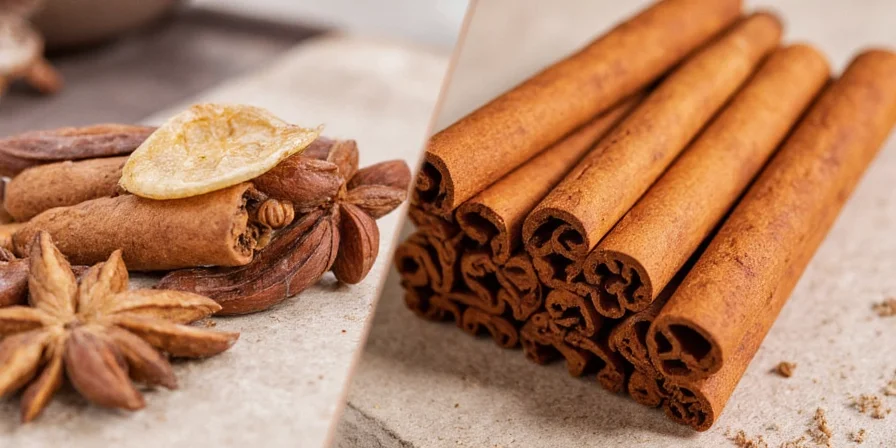
Understanding these distinctions transforms your spice game - no more ruined recipes from using the wrong cinnamon type. Now you can confidently select, use, and store the perfect cinnamon for any culinary application.

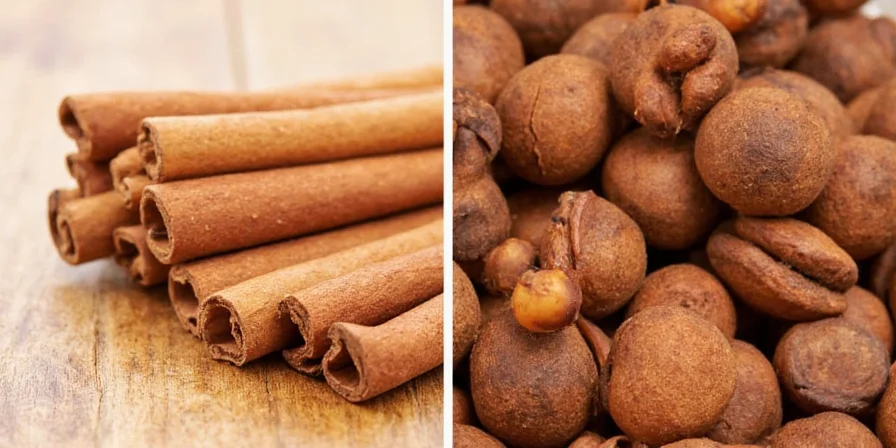









 浙公网安备
33010002000092号
浙公网安备
33010002000092号 浙B2-20120091-4
浙B2-20120091-4